Three Stanford students snap photos of their sushi burritos at different angles on the outside table.
Visit a handful of trendy restaurants in Palo Alto including — Sushirrito, a chain of hybrid sushi burritos; CREAM, an ice-cream sandwich chain; and Bare Bowls, acai bowls — and you’re likely to see other young people whipping out their smartphones to take photos of buzzworthy food products.
“It defines our generation in a way,” Stanford freshman Rochelle Rouhani said.
Sushirrito, CREAM and Bare Bowls exemplify a growing trend in the restaurant industry: go-to destinations that build hype through social media-fueled food photography. These restaurants are informal but modern and chic, and counter service results in portable food, perfect for social media sharing. Each restaurant has a signature product that defines its brand.
These restaurants also represent a larger movement of food as a shared social experience for young eaters. Consumerism and youth culture are taking on a new form in food-driven social media, and it thrives in Silicon Valley, where technology has a large influence on everyday life.
The trend extends to other metropolitan areas with large swaths of youth, such as Shake Shack, a burger chain based in New York City; MILK, an ice-cream macaroon shop in Los Angeles; and Popbar, a handcrafted gelato popsicle chain based in New York City.
The growing combination of trendy food and social media differs from the traditional idea of a “foodie.”
Lisa Rogovin is an epicurean concierge and the founder of a Bay Area food tour company called Edible Excursions. Her food tours cater to people interested in celebrating artisanal eateries.
Rogovin said that many of her customers, who tend to be older, take photos of the food more than ever before, but they are “not as voracious of social media users” as the younger demographic.
Rogovin also notes a “culinary edge that’s missing” from places like CREAM, Sushirrito and Bare Bowls in comparison to artisan restaurants.
When speaking about Sushirrito, Rogovin said: “I see an appeal to the young set with their identity, their colors, its contemporary, it’s modern, it’s fresh. There is something very vibrant about it that speaks to youth more than something artisanal.”
Sushirrito
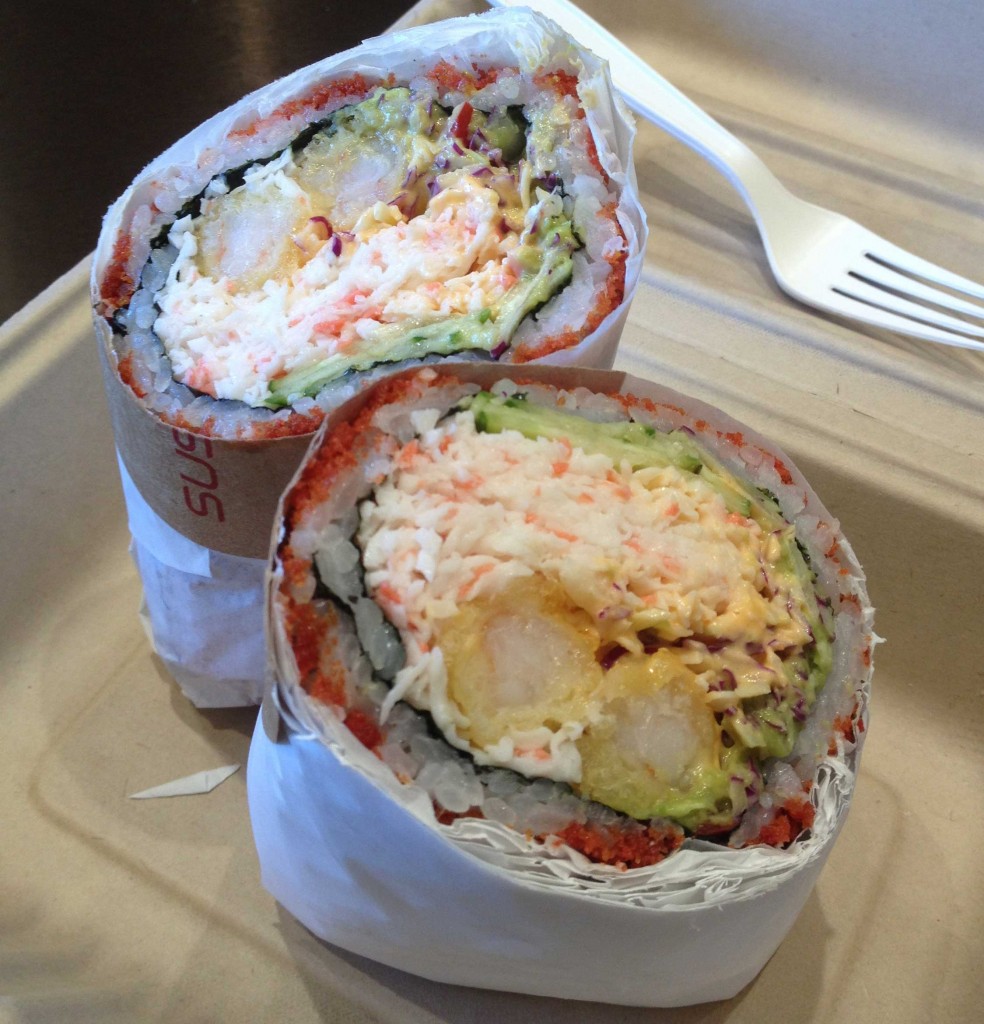
[dropcap letter=”F”]ounder Peter Yen and business partner Ty Mahler opened the first Sushirrito in 2011 in downtown San Francisco. Since then, the chain has expanded to five total locations, four in San Francisco and one in Palo Alto, which opened on Jan. 17. The sushi burritos are made-to-order in an assembly line reminiscent of the Chipotle model.
The local chain is known for its limited hours and long lines. The Palo Alto location, which was originally open from 11 a.m. to 3 p.m. Monday through Saturday, recently started opening on Sundays to respond to the high demand.
Sushirrito has 2,217 followers on Instagram and receives 100-200 likes per photo. Customers have posted photos of the sushi burrito all over the Internet, with heavy traffic on Pinterest, Tumblr, and Yelp! BuzzFeed even included Sushirrito as one of its “15 Magical Burritos.”
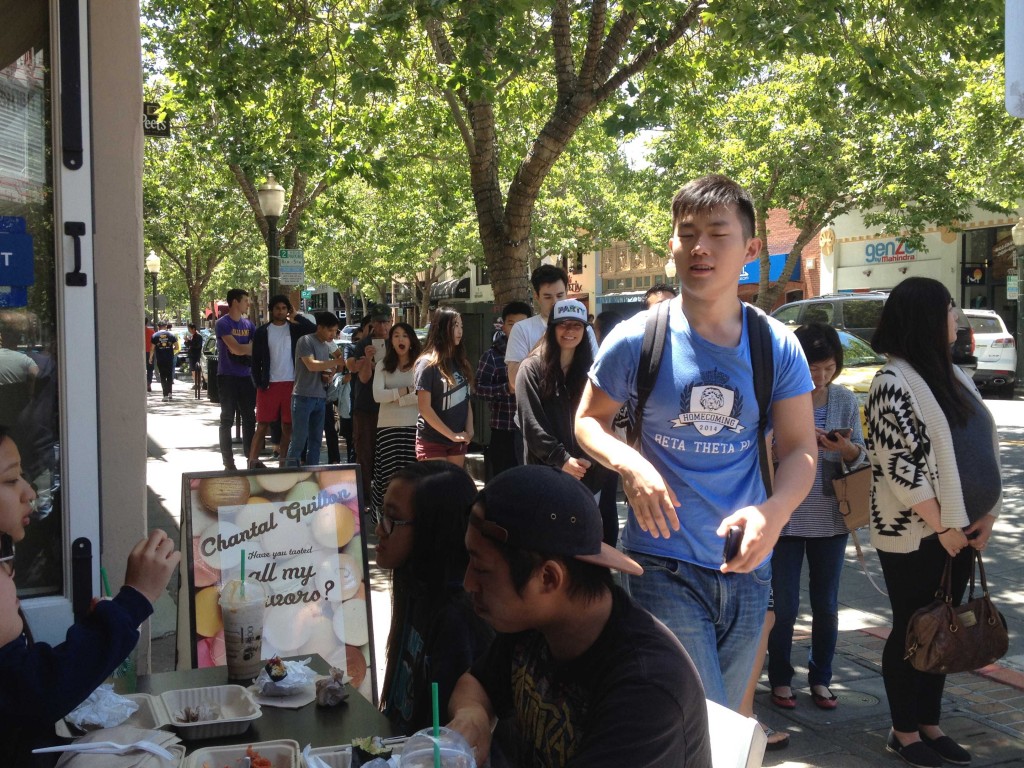
Gelyna Price, a Stanford senior from Oakland, first went to Sushirrito in April. Price is an active Instagram user with over 1,700 followers. She has taken photos of other trendy food products like Fraiche frozen yogurt, Roscoe’s Chicken and Waffles, and Sprout salads.
She took a photo of her sushi burrito and posted it to Instagram, excited to share something unique with her followers. For the first visit, Price will post an Instagram picture. After that, she may Snapchat her food.
To get the best view, Price photographed her burrito from a bird’s-eye view, the same angle that she uses for coffee.
“I usually take a couple of different angled photos and then decide,” she said.
She also adds filters to highlight the food’s color contrast.
Magali Duque, a Stanford senior from Los Angeles, notes the price point, which runs from $9 to $12 dollars per burrito.
“It’s not something that people buy everyday. It’s an affordable treat,” Duque said.
Price agrees that the value is excellent, especially in comparison to regular sushi, which once cost her $35.
“(Sushirrito) is a better value than a regular sushi place. It’s a big roll and I’m full from it,” Price said.
Bare Bowls
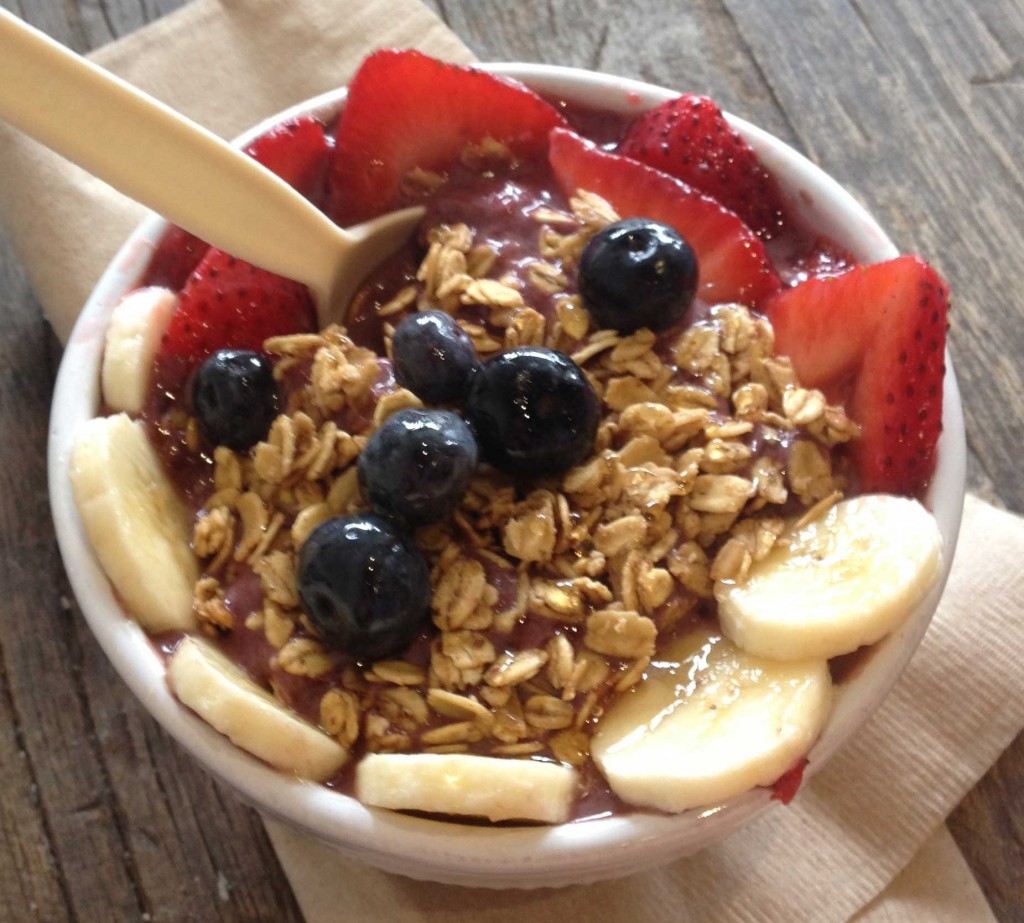
[dropcap letter=”U”]SC friends Sarah Lipps and Bridget Corson opened Bare Bowls in Nov. 2014, serving nine types of handcrafted acai bowls that include fruit, house-made granola and a wide variety of healthy add-ins like flaxseed and spirulina. The acai berry is a purple fruit that comes from Central and South America, and it has been touted as one of the most antioxidant-rich foods available.
Magali Duque has never been to Bare Bowls, but has noticed the attention that the restaurant has received on Stanford’s campus.
The hype has brought competition. Bowl of Heaven, a franchised restaurant, opened in Mountain View and Vitality Bowls, another franchised chain, is opening on California Avenue in the spring.
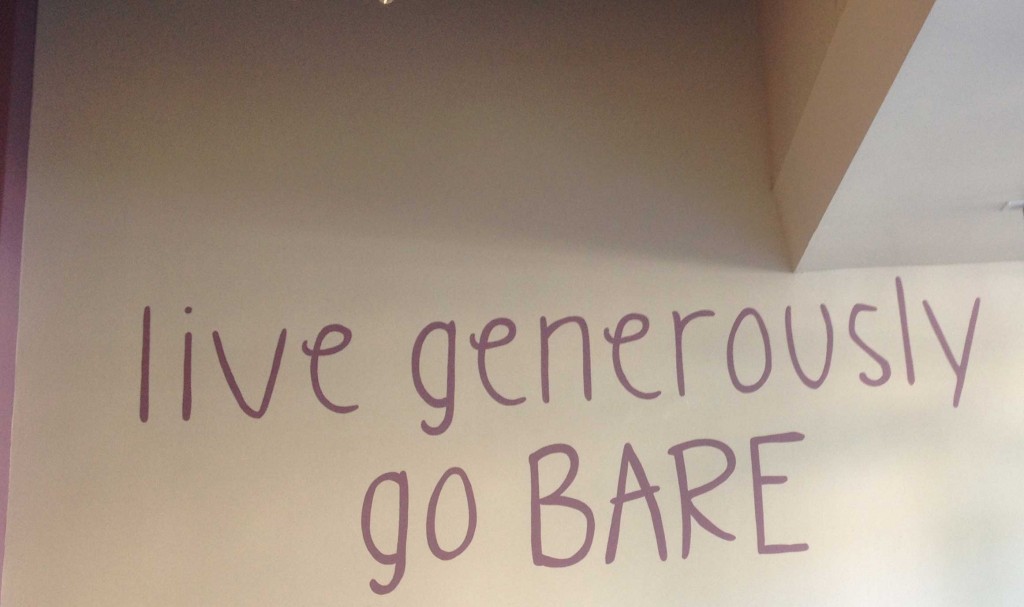
“It’s just getting busier,” Shawn Rippin, a 23-year-old Bare Bowls employee from East Palo Alto said. He said that Bare Bowls is planning to expand in the near future.
Rippin is “really enthusiastic about healthy food, especially the superfood stuff that we do. (It’s) a meal you can eat and feel good after,” he said.
He said that customers range from fitness enthusiasts at SoulCycle to business people, but mentions that the largest demographic is “mostly high school girls“ who “care more about their health and what they eat.”
Duque mentions price as a potential barrier for customers. A small acai bowl is $8 and the large is $12.
Rippin said that the press has focused on how the bowls are “a lot more artistic and colorful and beautiful” than regular food.
Unlike CREAM and Sushirrito, Bare Bowls is not a chain. Regardless, it still has a social media presence, with 1,209 followers and 273 posts on Instagram. Each colorful picture gets over 100 likes.
CREAM
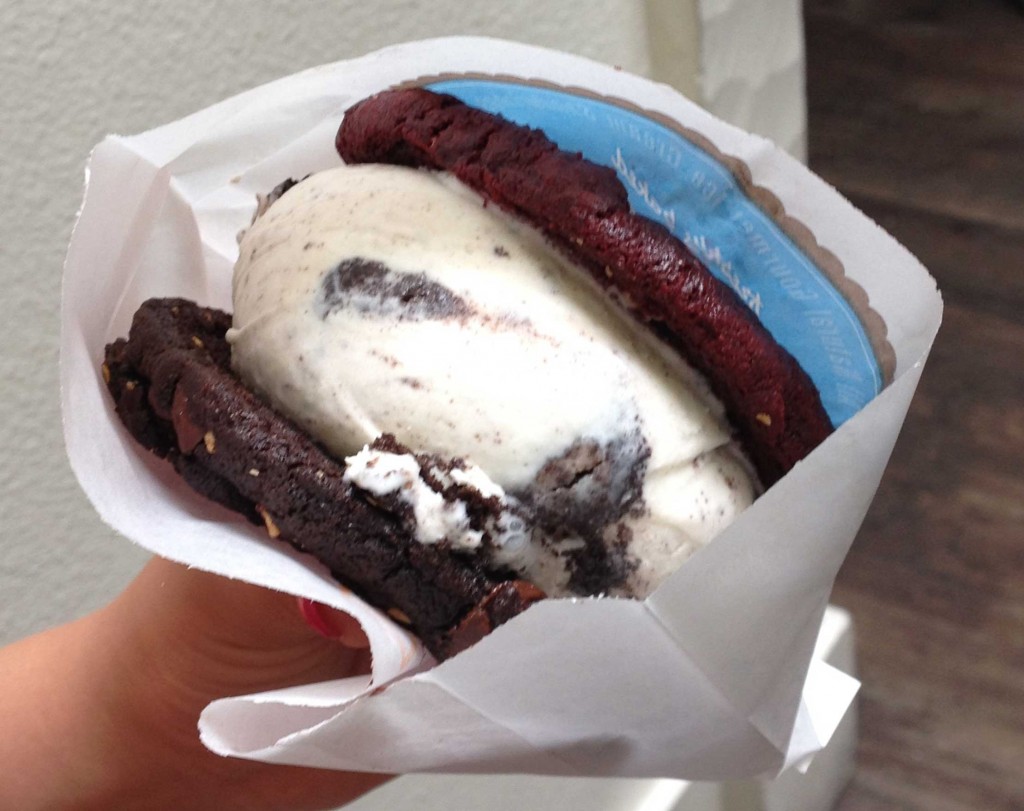
[dropcap letter=”I”]n 2010, the Shamieh family opened the first CREAM, an acronym for Cookies Rule Everything Around Me, in Berkeley. Now, there are 15 locations in California and Las Vegas, with seven more opening soon.
The restaurant chain is known for its friendly employees and fun atmosphere, with top 40-radio blasting from the speakers and locations open until 2 a.m. on weekends. An ice cream sandwich costs $2.99, making it cheaper than other Palo Alto dessert options.
Kaylan Cholewa, an 18-year-old CREAM employee from Mountain View, loves the vibe of the restaurant. CREAM is her first job.
“The music is what I love about this place,” Cholewa said.
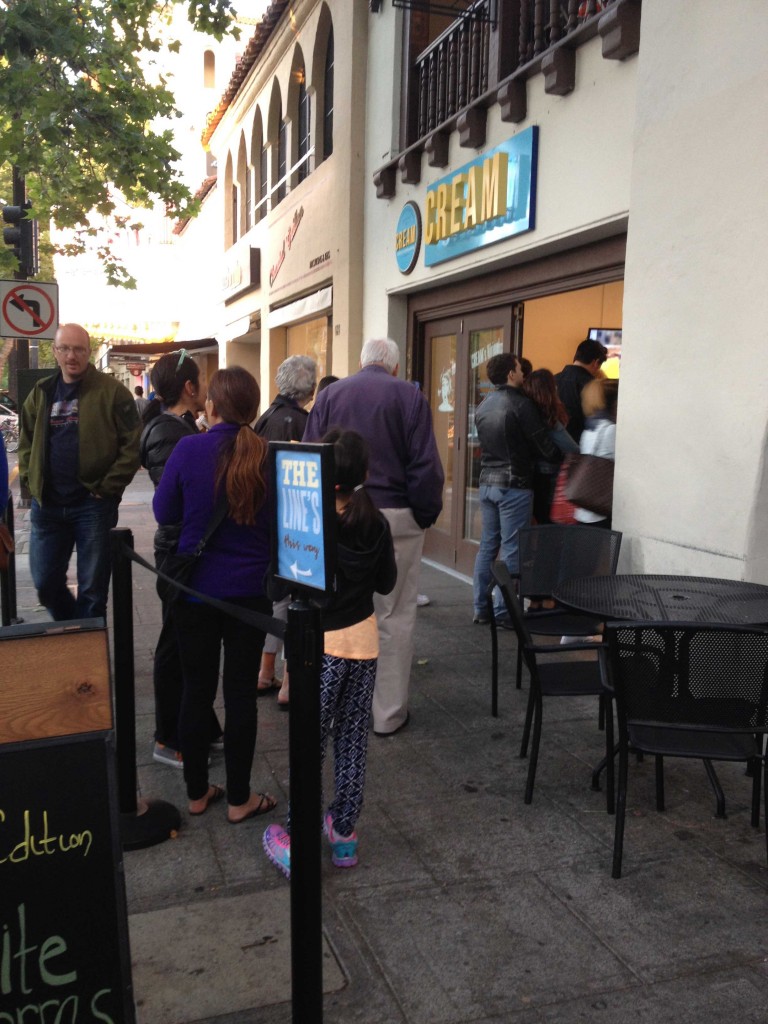
Anna Boyle, a Stanford senior from Las Vegas, loves the customizable nature of CREAM. A customer can create any ice cream-cookie combination from 11 types of cookies and 22 ice cream flavors. A customer can also add any combination of 15 toppings to an ice cream sandwich.
Boyle thinks that the desire to customize may stem from the millennial culture.
“I think it ties back to ‘we are millennials.’ We are the ‘me’ generation, we want to have our own personal input in everything,” she said.
Boyle is a frequent Instagram user with over 1,000 followers. She loves looking at food blogs and taking photos of trendy products. She posted a photo to Instagram when she first visited CREAM in Berkeley, and she posts her CREAM sandwich to Snapchat every other time that she visits.
“I feel like it would end up taking a lot of time to have an actual food blog, which is why I choose to post select things on my Instagram,” she said.
CREAM has 17,600 followers on Instagram and 800-900 likes per picture. CREAM also has a large Facebook presence, with over 37,000 likes.
Cholewa describes a wide-ranging customer base, but said that young people are the ones who take food photos.
“A lot of people do take pictures, honestly. People will hold up their sandwich with the CREAM sign in the background,” she said.
